After sharing the article (Web3 practitioners' relocation and local life in Japan) last time, although it was repeatedly mentioned that many colleagues who come to live and work in Japan do not engage in the Japanese market, many friends still want to understand the specific situation of Japanese users and the industry.
Especially later, it was found that the research and information on Japan's Web3 market in the Chinese-speaking area is relatively lagging, so a decision was made to update an article on the research and sorting of the Japanese market.
This article references multiple contents from the Japan Cryptocurrency Association, Japan Financial Services Agency, compliant exchanges, etc., for research and reference purposes only.
➡️ The main content of this article covers:
🔹Japan Web3 market (user growth rate)
🔹Japan's cryptocurrency market size and growth rate (opportunity?)
🔹Investor user demographic profile (not engaging on-chain?)
🔹Government regulation (attitude towards non-compliant offshore exchanges?)
🔹Controversy over tax rates (increase or decrease?)
🔹How project parties operate (legal risks?)
I hope the above content is helpful to you. ❤️
🎯 Japan Web3 Market
Overall, although Japan is one of the more developed countries in Asia with a population of 124 million, the number of young people is gradually decreasing. Amid the extreme prosperity of local stocks, real estate, anime culture, and tourism, people's attention has become very dispersed, resulting in less motivation for young people to focus on Crypto, with middle-aged groups dominating.
However, due to the global promotion and popularity of cryptocurrencies, the local population participating in Crypto in Japan is also accelerating, and by May 2025, user scale and transaction volume will hit new highs.
Characteristics: 12.41 million user base, main participants are middle-class aged 30-40, wealth management type, long-term allocation rather than pure speculation, with the majority earning below 7 million yen (320,000 RMB), high cryptocurrency profit tax (most hold without selling, waiting for the 2026 tax reduction policy).
📈 Japan's cryptocurrency market size and growth rate
In 2022, the total spot trading volume of compliant exchanges in Japan was only about 1 trillion yen (approximately 6.8 billion USD). In 2023, it was 1.13 trillion (approximately 7.6 billion USD), with growth of only about 13%.
But by 2024, when Bitcoin began to be fully adopted by Wall Street, the total cryptocurrency spot trading volume in Japan immediately grew to 20.6 trillion yen (about 14 billion USD), with a year-on-year growth rate of 82%, finally becoming a sizable market.
In terms of trading products: Bitcoin (BTC) accounts for about 70%, while Ethereum (ETH) only accounts for about 14%. This has led many compliant exchanges in Japan to primarily promote buying BTC when advertising and attracting customers; for example, Tiktok frequently features advertisements for exchanges promoting Bitcoin.
Additionally, starting in 2024, XRP's popularity slightly surpassed that of ETH.
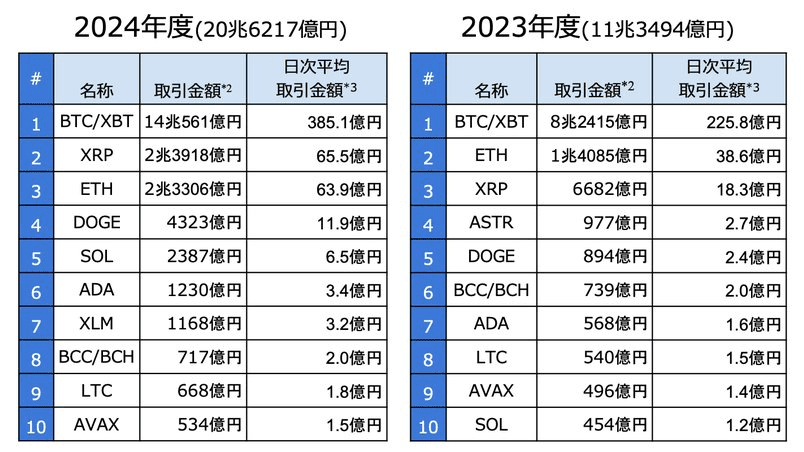
12.41 million users in the cryptocurrency market
Although seeing this data may seem acceptable, with at least 12.41 million cryptocurrency users, in reality, this growth only began in 2024.
In 2022, Japan's cryptocurrency user base was only 5.61 million; in 2023, it was 6.46 million with a growth rate of only 15%; but by 2024, this figure surged to 9.17 million, with a growth rate of 41%.
Currently, by May 2025, it has reached 12.419 million. Thus, the Japanese cryptocurrency market's local user base is also accelerating growth, with managed amounts exceeding 4.26 trillion yen (approximately 27.5 billion USD).
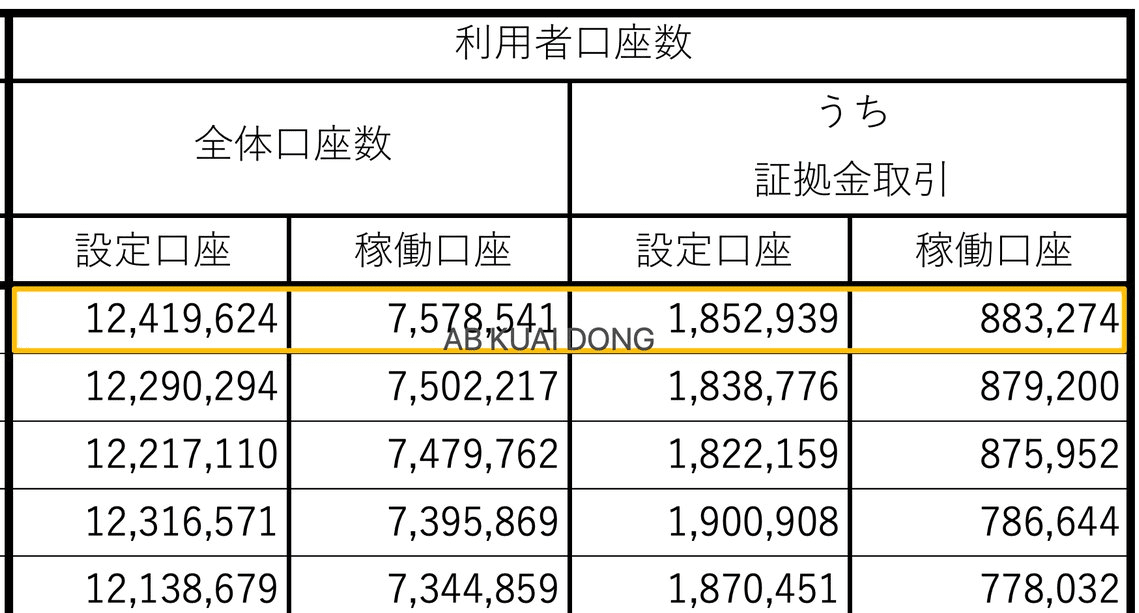
🔍 Investor user demographic profile
By May 2025, Japan's cryptocurrency user base had reached 12.41 million, accounting for approximately 15% of the adult population in Japan.
Among them, the main investors are middle-class individuals aged 30-40, characterized by:
Heavy reliance on YouTube, X and other social media
A certain stable income
Annual income below 7 million yen
In terms of investment behavior and motivation:
Wealth management type, long-term allocation, not speculative
Mostly small-scale participation, exchange APP operation
Low trading frequency, mostly only a few orders placed throughout the year
On-chain native players, only a very small group
Overall, the cryptocurrency user demographic in Japan is gradually becoming more mainstream but prefers safety and convenience.
This has also led to the observation that most project parties and exchanges in Japan find that advertising in the media is not as effective as binding with long-term influencers on YouTube and X. Therefore, the Japanese crypto circle has also become a place where everyone is a content creator, and media has gradually come under pressure.
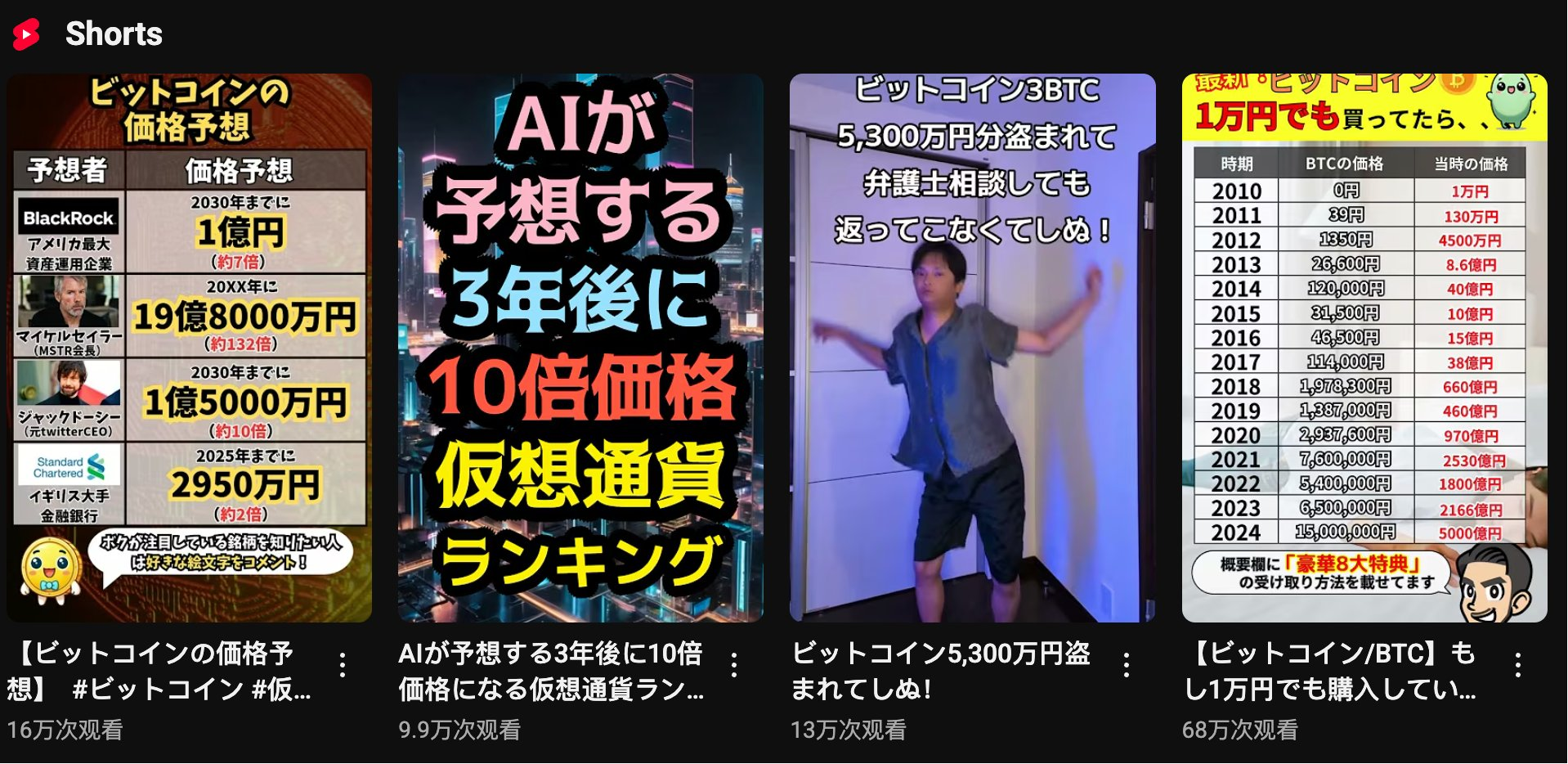
🏦 Regulatory environment
Japan's cryptocurrency regulatory model is quite similar to that of the United States. It involves a three-tier collaboration of FSA (Financial Services Agency of Japan) + JVCEA (Self-Regulatory Association) + JCBA (Industry Group).
Thus, it is observed that most cryptocurrency companies operating in the Japanese market are both members of JVCEA and JCBA. For instance, Binance Japan has publicly announced on Twitter that it is a member of JVCEA (Japan Virtual Currency Exchange Association).
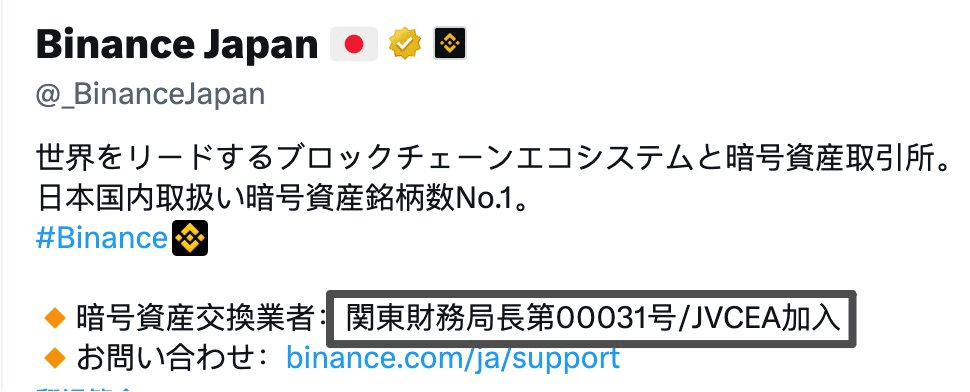
Currently, if exchanges and custodial institutions want to operate in the Japanese market compliantly, the company must have the corresponding qualifications and licenses to join these associations. In recent years, asset management institutions and exchanges entering the Japanese market have generally adopted methods like reverse mergers to operate in Japan.
Attitude towards non-compliant offshore exchanges
In addition to the compliant exchanges mentioned above, there have been many non-compliant exchanges conducting promotions and operations in Japan, gaining a large number of users. The main reason these users engage with offshore exchanges is:
Tax avoidance, tax evasion
Diverse types of cryptocurrencies
Complete range of leveraged and contract products
Currently, these types of exchanges were targeted by the Japan Financial Services Agency and the government in February 2025. Related download and access channels have been completely removed from the regional Apple Store and Google Store, and some Japanese bloggers who helped promote them have also received notification letters.
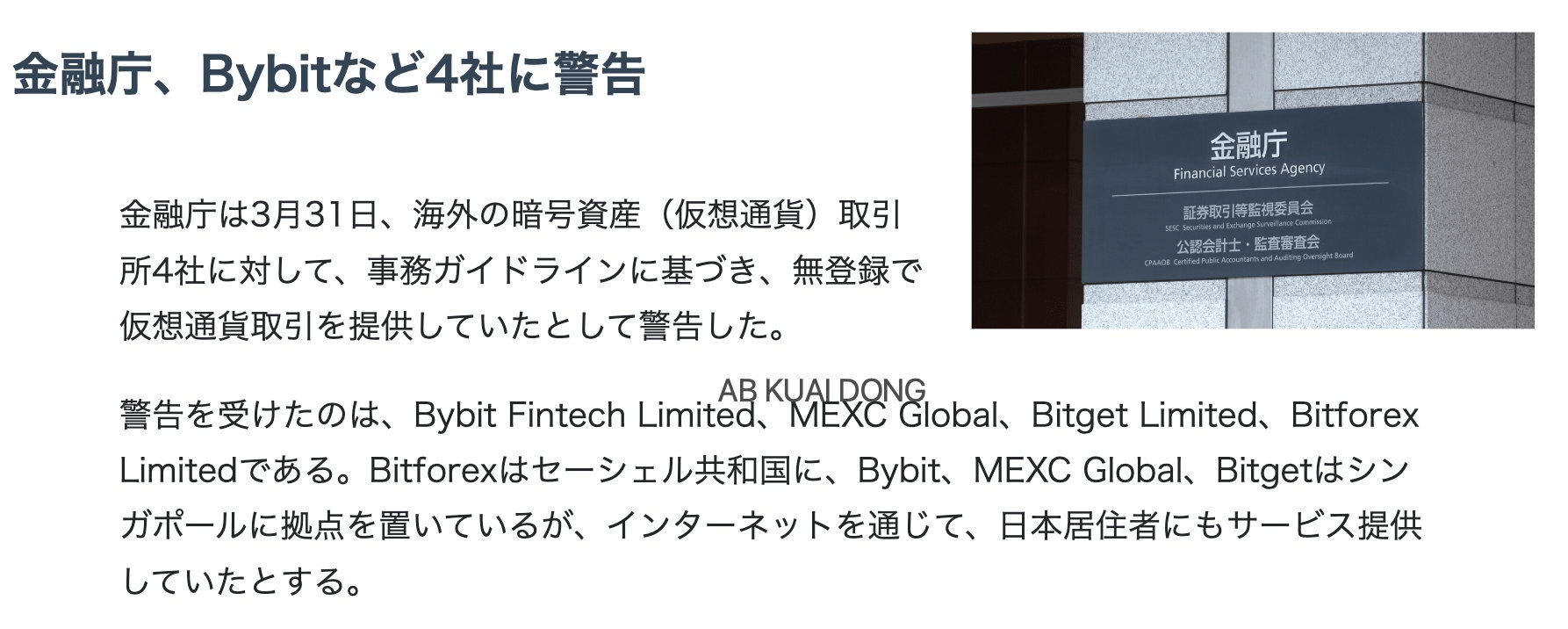
However, since Japan does not impose web access restrictions, Japanese users can still access these non-compliant offshore exchanges. To this day, there remains a portion of the user base trading there, although the local promotion has become relatively conservative.
⁉️ Controversy over tax rates
Previously, in a survey conducted by local statistical agencies on cryptocurrency users, the general feedback received was that tax burden and reporting costs are pain points, especially since most Japanese retail investors treat cryptocurrency as wealth management (hoarding coins), which increases the complexity of comprehensive taxation and accounting, raising the usage threshold.
It is well known that if you buy 30 million yen worth of BTC through a local compliant exchange and make a profit, the next year you would need to pay 45% miscellaneous income tax + 10% resident tax, which amounts to about 55%.
The Financial Services Agency has currently confirmed that cryptocurrency taxation will be included in the adjustment scope for 2026, making cryptocurrencies subject to a tax rate of about 20% like stocks.
In other words, investors will ultimately only need to pay a maximum of 15.315% national tax and 5% local inhabitant tax. Moreover, once this tax is paid, it is equivalent to being fully compliant, and no further taxes are required. For corporate investors: only 15.315% national tax is payable, and local taxes can be excluded.
This expected landing will arrive alongside Japan's BTC and XRP spot ETFs in 2026.
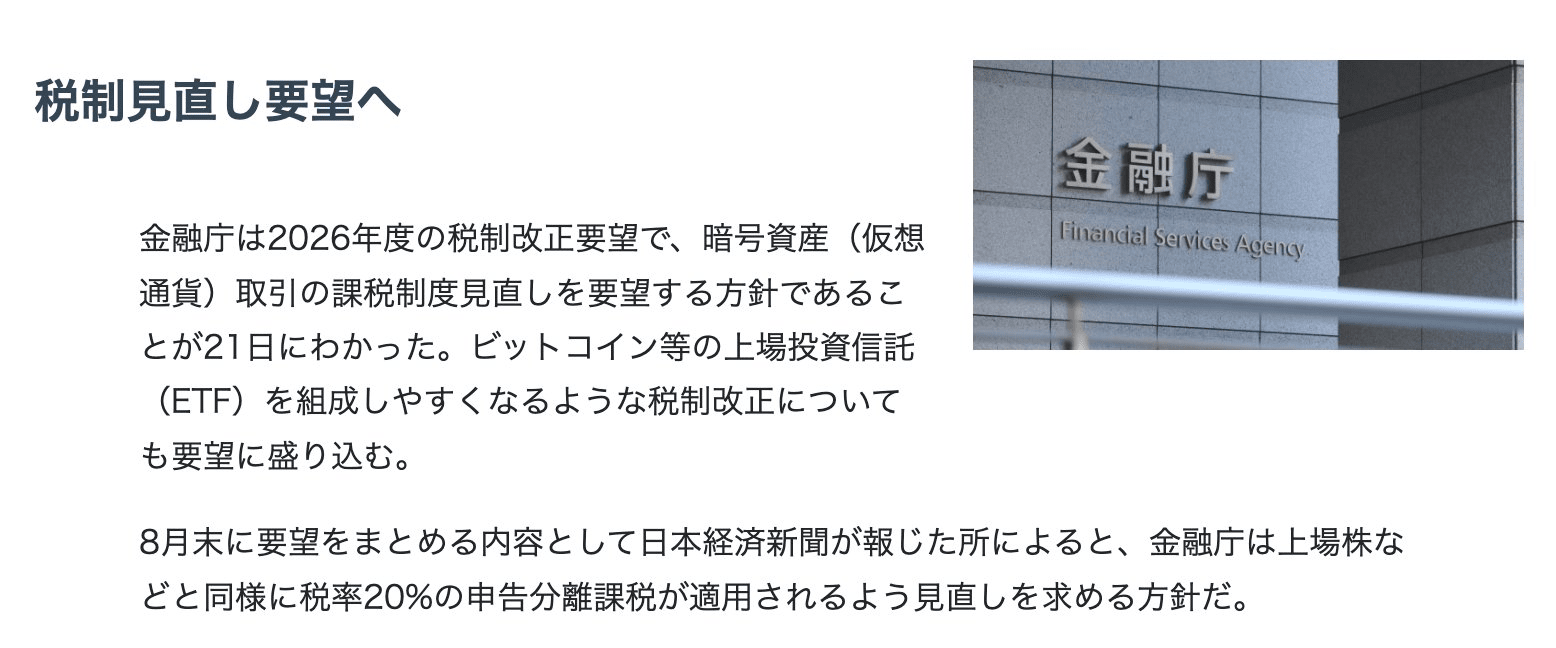
🚣♀️ How project parties operate
Finally, the most frequently asked question recently is how project parties operate in Japan and what restrictions they face.
According to previous statistics, there are currently at least 20 well-known project parties that have offices and residences in Japan, but most operate under the name of research and development companies for local activities.
The main reason is that if project parties want to conduct large-scale operations in Japan (such as issuing tokens to raise funds for Japanese users, launching on compliant exchanges in Japan), they must go through the review of JVCEA (Japan Cryptocurrency Exchange Association). Therefore, compared to Southeast Asia and Dubai, the compliance threshold is higher and the costs are significant.
Therefore, most project parties in Japan do not engage in the Japanese market. Operations and token issuance activities are conducted through BVI or other offshore entities; personnel, product development, office, and other fixed expenses are conducted with a Japanese entity.
This is also a portrayal of most local Japanese projects and incoming projects operating in Japan.
People in Japan, not engaging in the Japanese market.
I hope the above content is helpful to you. ❤️




